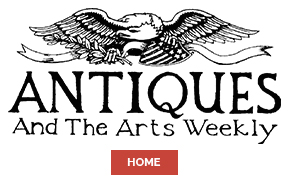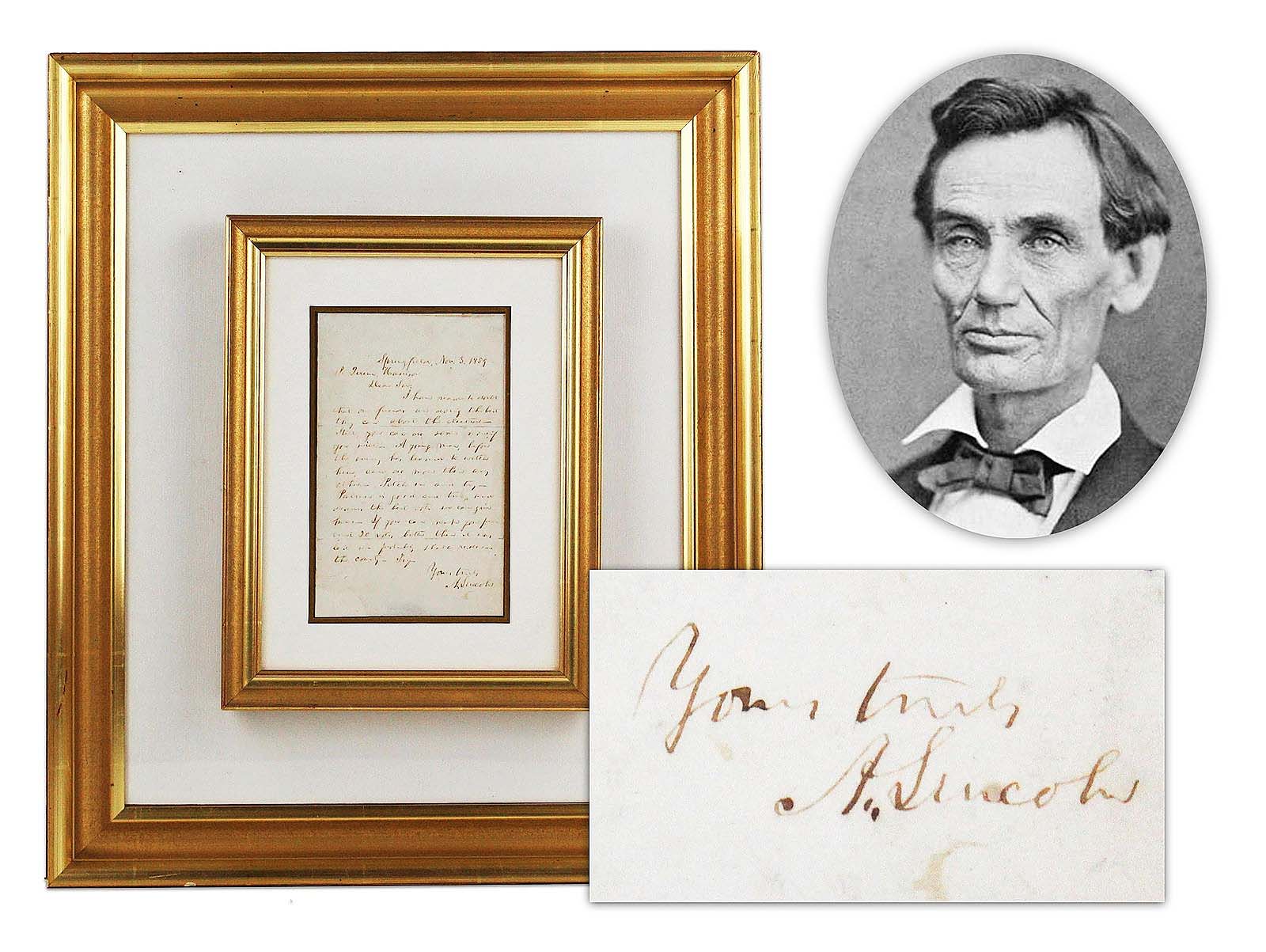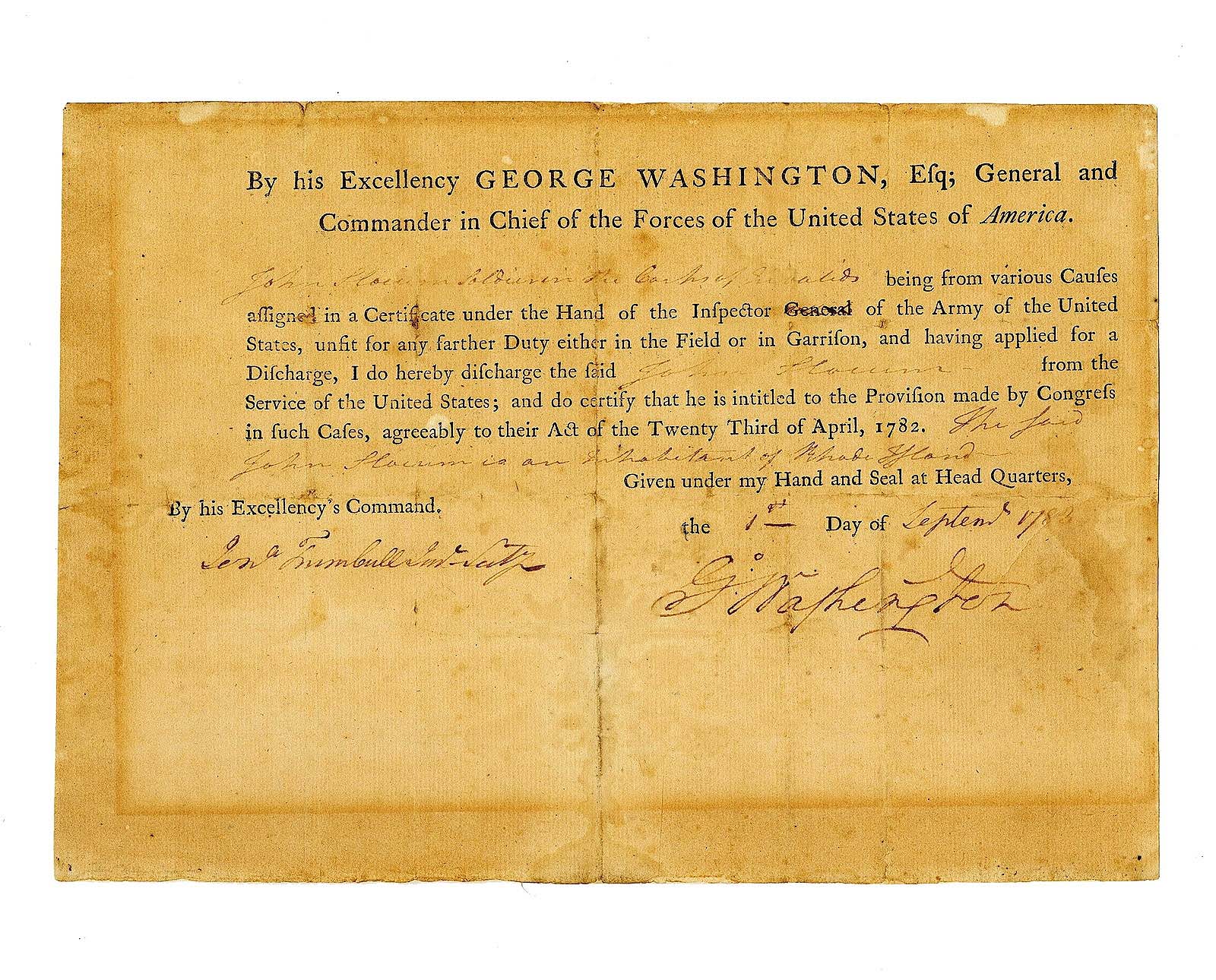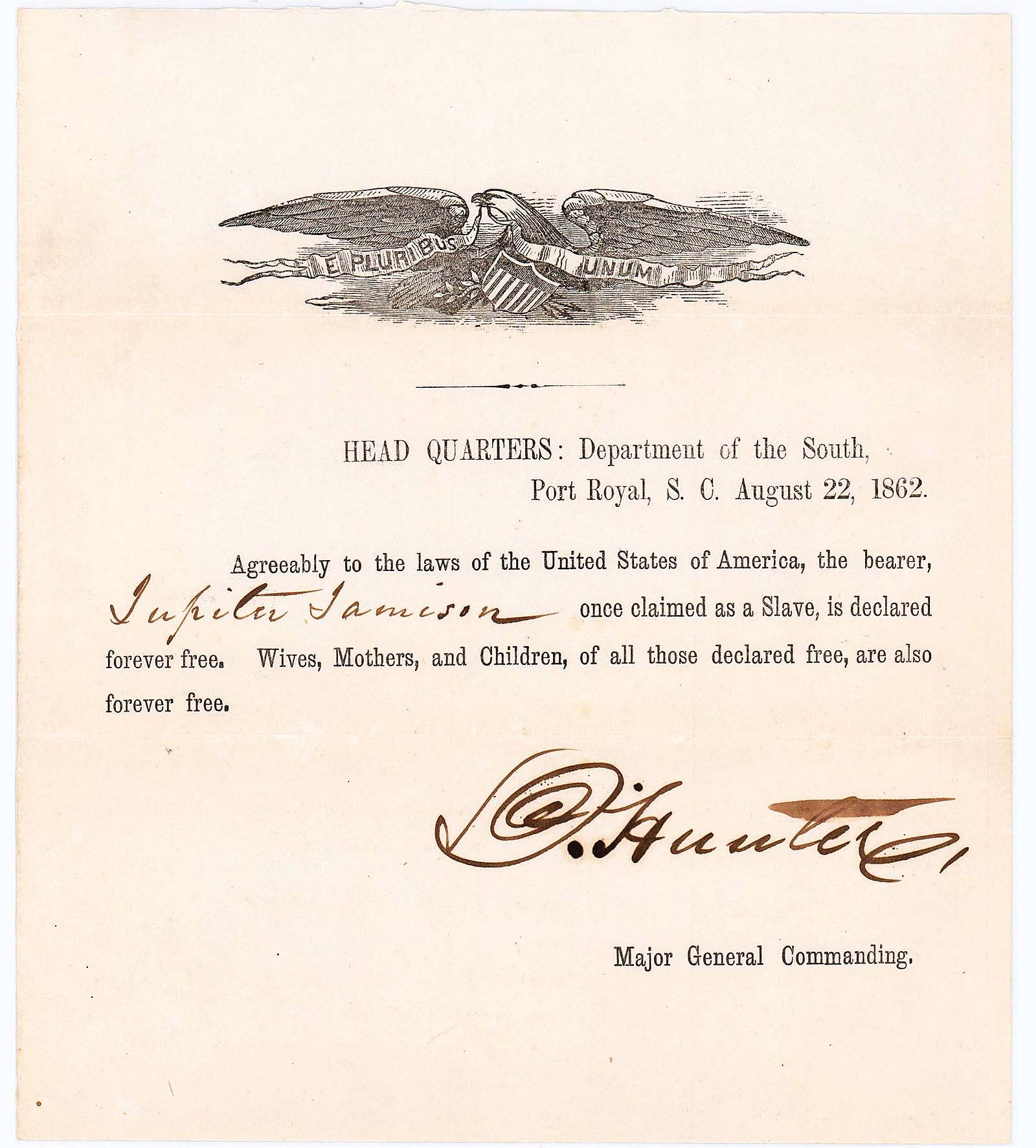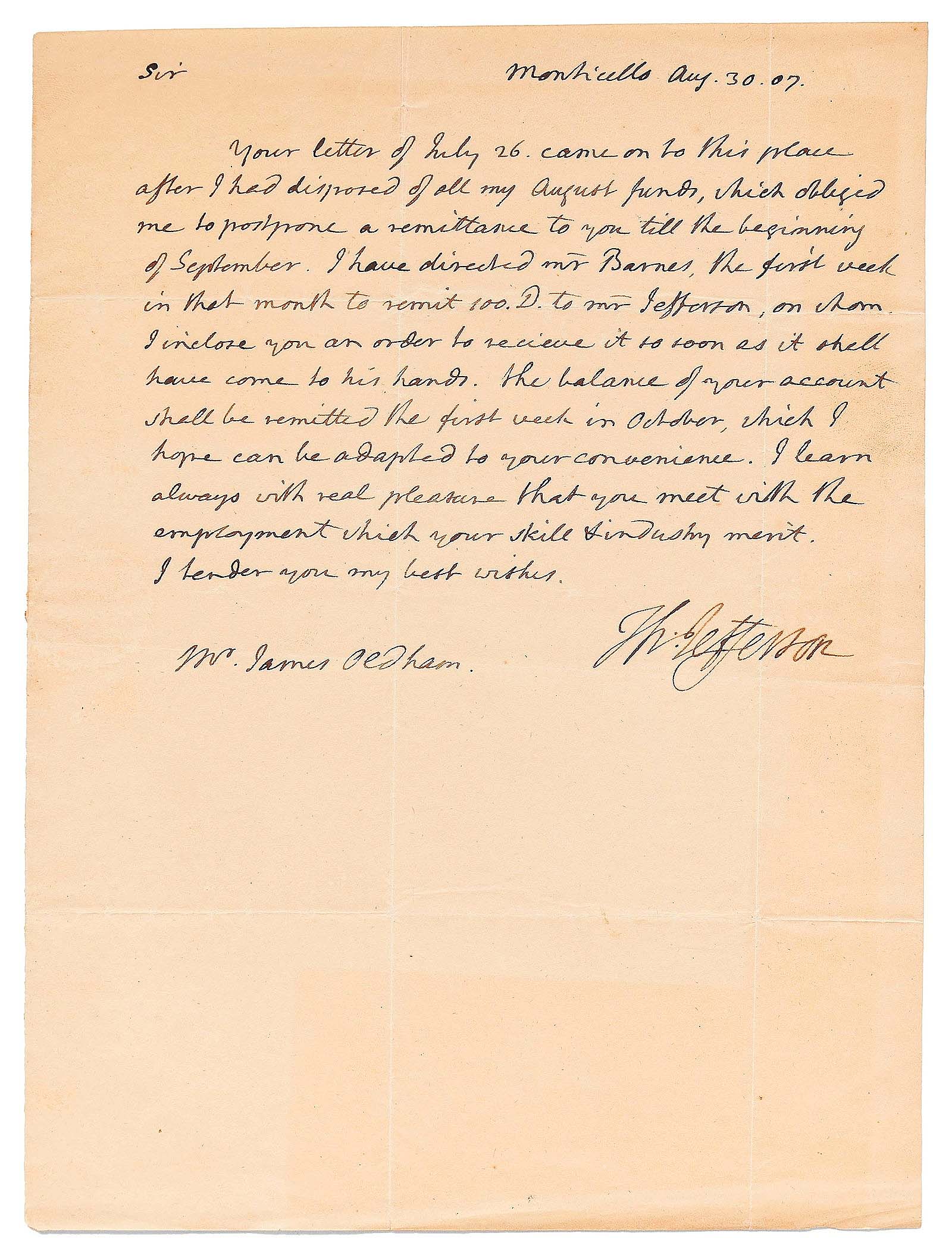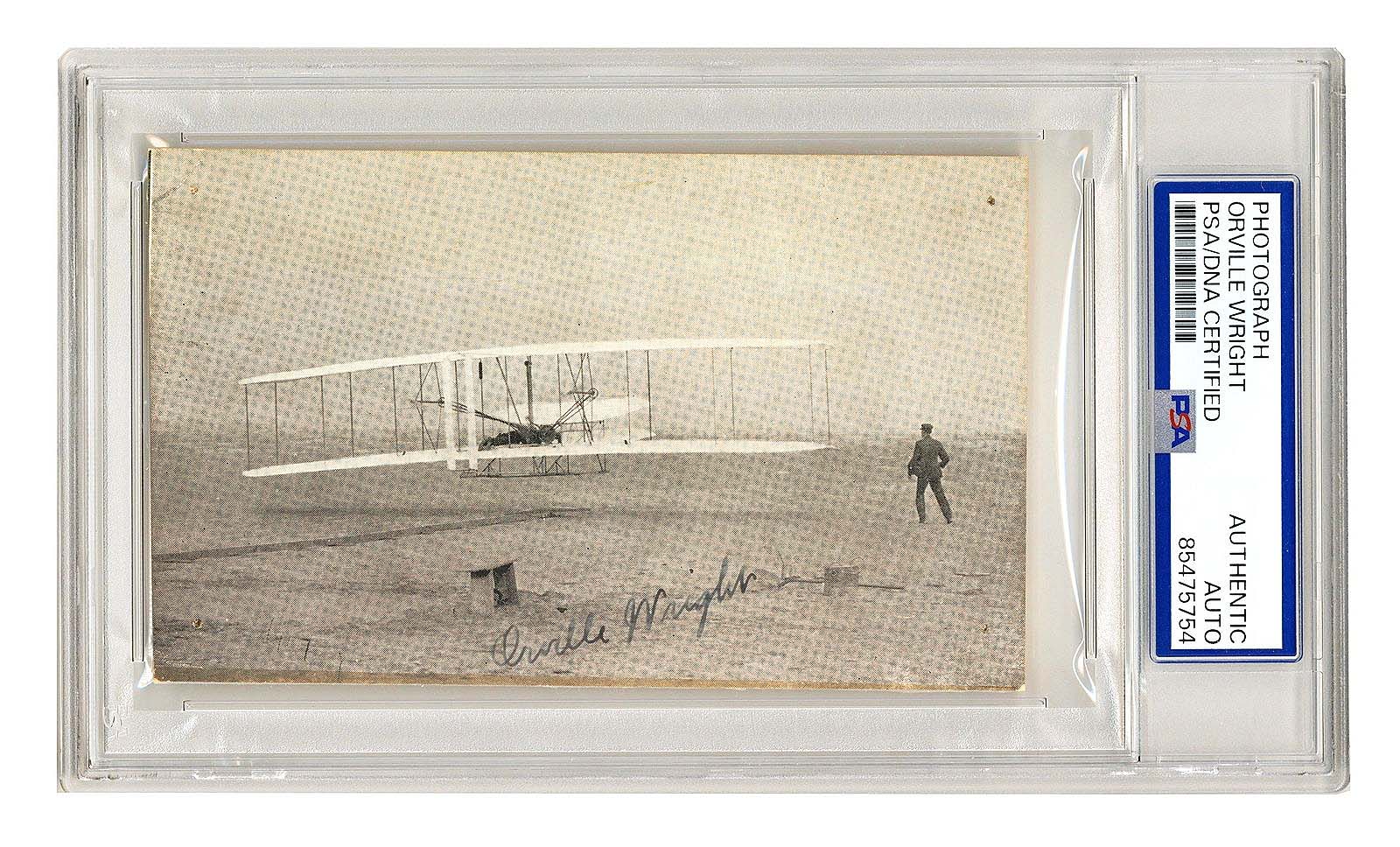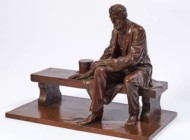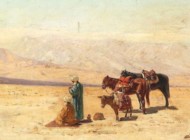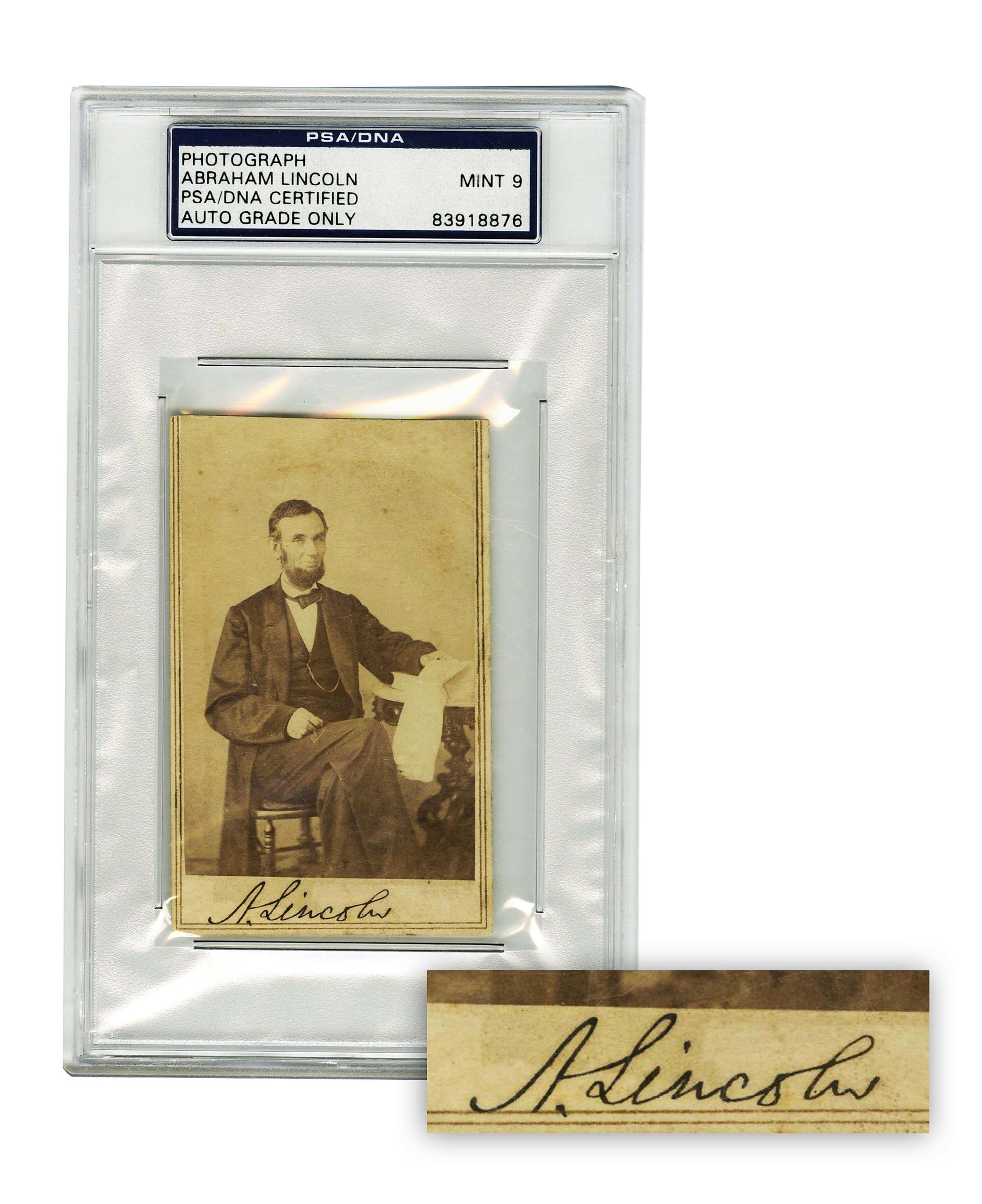
The sale-high price of $112,500 was awarded to this sepia-toned carte de visite of Abraham Lincoln shot by Alexander Gardner in early August 1863, signed “A. Lincoln,” 2¼ by 3¾ inches, which was designated Mint 9 by the PSA/DNA ($100/150,000).
Review by Kiersten Busch
WILTON, CONN. — This year’s Fourth of July celebrations were a reminder that the nation’s semiquincentennial is now less than one year away. University Archives continued the patriotic excitement with its July 16 Rare Autographs, Books, Lincoln & Space Items auction, which incorporated numerous lots of presidential and American historical memorabilia and signed letters within its 457 total lots on offer. With only 18 lots going unsold, the sell-through rate was 96 percent.
The top lot was a sepia-toned carte de visite of Abraham Lincoln, taken on August 9, 1863, in Washington, DC, by photographer Alexander Gardner one month after the Battle of Gettysburg. Signed by the president, the photograph is one of only three copies known; the other two reside in the Smithsonian Museum. It finished at $112,500, landing within its $100/150,000 estimate.
Forty-four additional lots of Lincoln-related memorabilia crossed the block, ranging in price from $88 for a glazed art pottery bas relief of the president, to $40,625 for a signed letter from Lincoln addressed to Peachy Quinn Harrison, a former defendant of the president’s during his time as a lawyer. The letter, signed “A. Lincoln” and dated to November 3, 1859, appealed to Harrison, “asking for his support in getting Republican John M. Palmer elected to Congress,” according to catalog notes. Lincoln also noted Harrison’s youth as an advantage, writing, “A young man, before the enemy has learned to watch him, can do more than any other. Pitch in and try.”
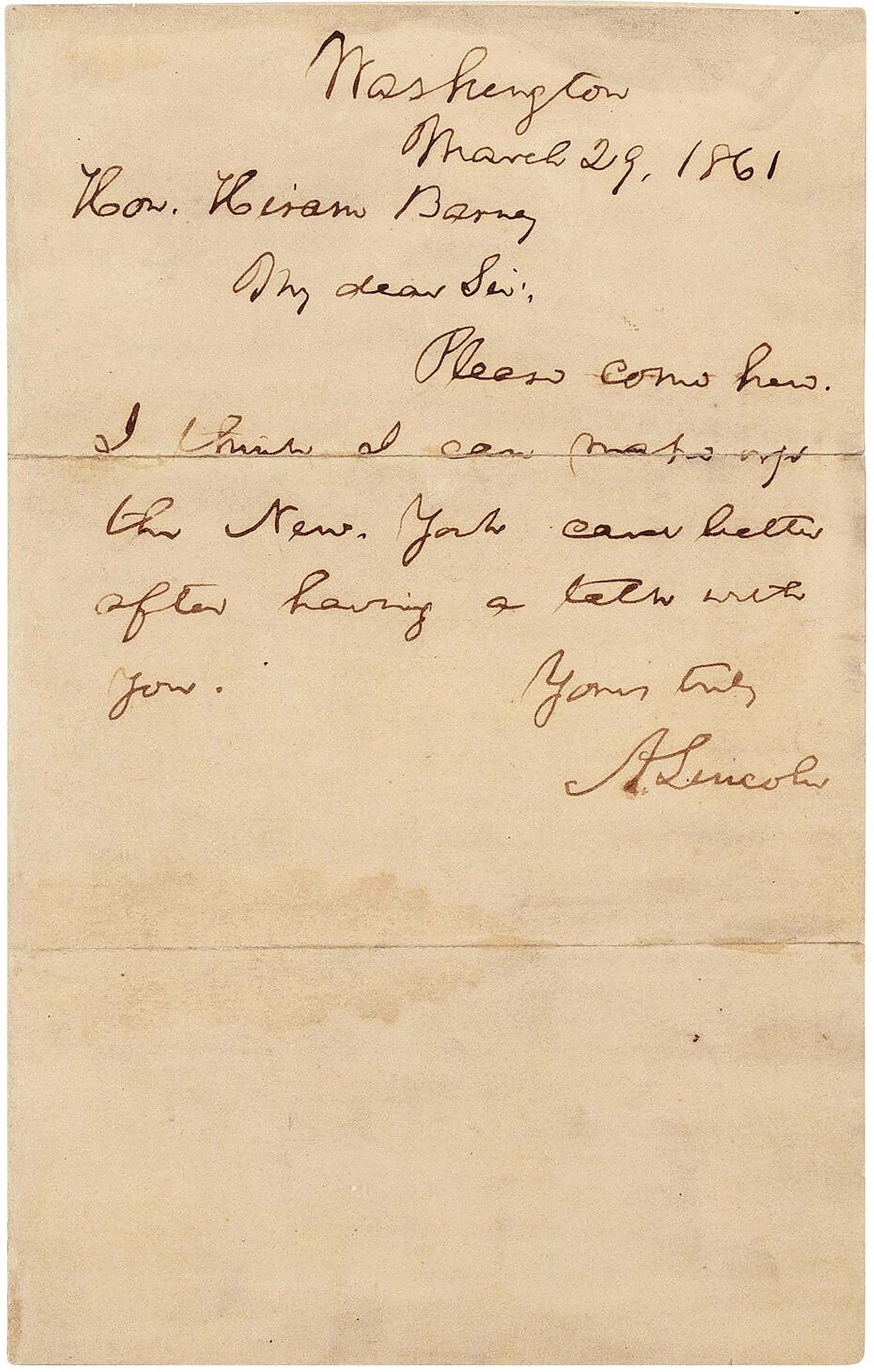
Written just days before the start of the Civil War on March 29, 1861, this signed Abraham Lincoln letter was a summons for Hiram Barney, the collector of customs for the District of New York. It sold for $28,125 against a $15/20,000 estimate.
Also Lincoln-related was an August 22, 1862, certificate of freedom for Jupiter Jamison, who, according to the proclamation, was “once claimed as a Slave” and was now to be “forever free;” the document also applied to his wife, mother and children. It was signed by General David Hunter, who emancipated all slaves in the Department of the South — encompassing Florida, Georgia and South Carolina — beginning on May 9, 1862. President Lincoln nullified this order 10 days later, and Hunter was relieved of his position as commander of the department on the same day as this example was written. Bid to $20,000, the proclamation made four times its $5,000 high estimate.
While the majority of presidential lots had to do with Lincoln, the founding fathers were also represented, albeit more scarcely. Three lots of George Washington-related documentation and artwork crossed the block, led by a Revolutionary War discharge certificate signed “Go: Washington” by the first president and Jonathan Trumbull, Jr, his secretary, which crossed the block for $20,000. John Slocum, a Rhode Island resident and soldier in the Corps of Invalids, was the soldier who applied for the discharge.
The second president, John Adams, was represented by one autographed letter, written to John Jay’s wife, Sarah Livingston Jay, on November 11, 1788. In the letter, Adams “introduces his wife, Abigail Adams” who was “traveling to Long Island to care for her daughter, Abigail Adams Smith (1765-1813), who had just given birth to her second child.” Catalog notes also inform that during this stay, Abigail discussed her husband’s prospects of becoming vice president under the recently ratified Constitution with Jay. With no other letter like this existing, bidders jumped on the opportunity to secure a rare piece of history, bidding the correspondence to $21,250.
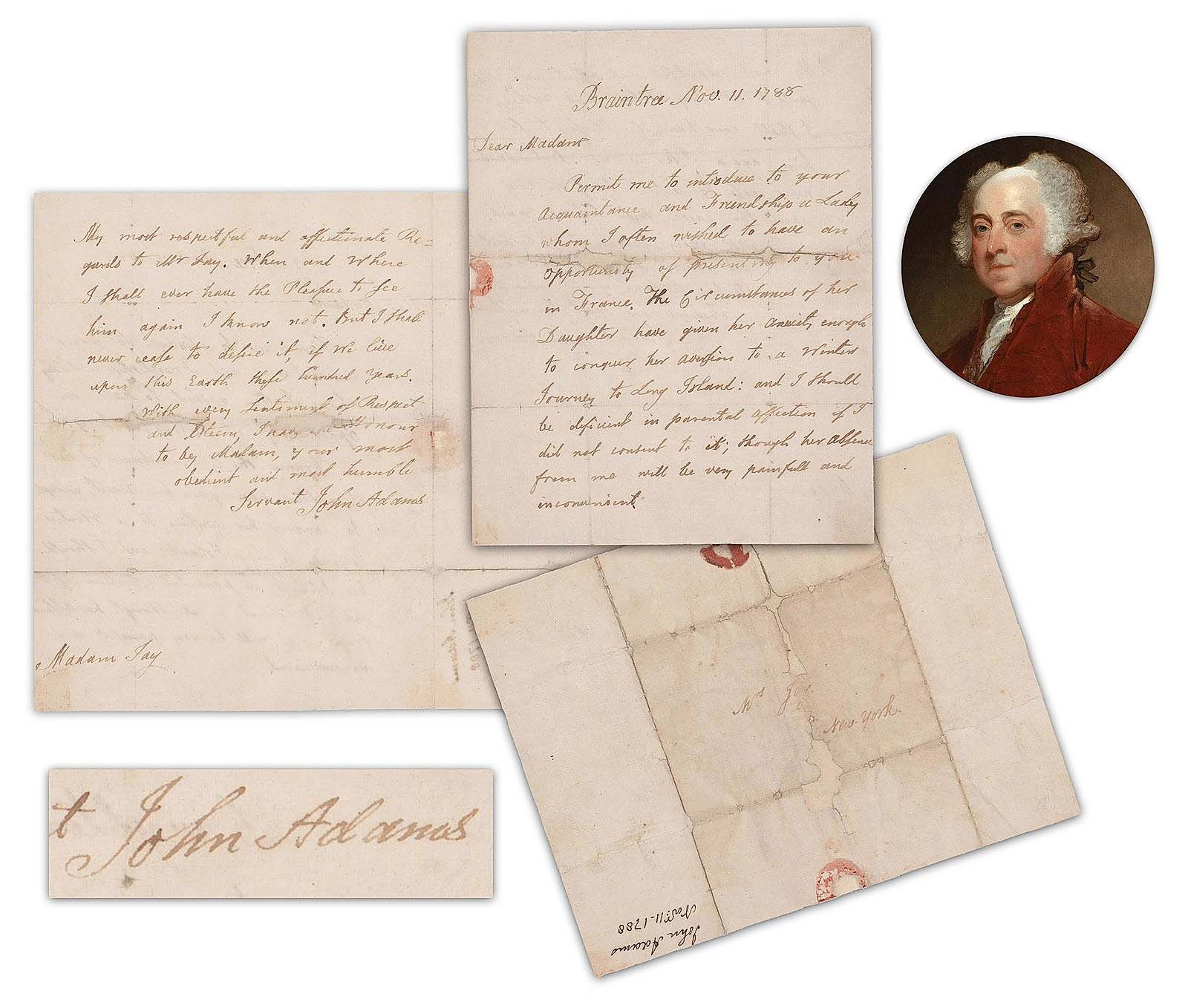
Crossing the block for $21,250 was this November 11, 1788, signed letter from John Adams to Sarah Livingston Jay, introducing his wife, Abigail Adams, which was addressed on its outer fold ($10/20,000).
Turning the page from autographs to books, 16 lots of rare books were offered, with 14 selling. The group was led by a signed presentation copy of Études Sur Le Vin by Louis Pasteur (1822-1895), which earned $4,375. The book, which is about wine pasteurization, contained 32 color plates by P. Lackerbauer/Savy and 25 in-text engravings. Other notable books included a first English edition of Defence of the Constitutions of Government of the United States of America by John Adams ($3,250) and a signed first edition of Mario Puzo’s The Godfather ($2,750).
America’s game, baseball, also earned a grand slam with 14 lots going home to new owners. Prices ranged from $200 for a signed portrait print of Joe DiMaggio, to $10,625 for an archive of material from the files of New York Times baseball writer Roscoe McGowen, which spanned from the years 1925-1962. Containing more than 250 items, the archive included 58 original scorebooks, play-by-play diagrams and notes that mention players like Babe Ruth and Jackie Robinson, 38 reporter’s passes, photographs and more.
Prices quoted include buyer’s premium as reported by the auction house. For information, 203-454-0111 or www.universityarchives.com.
